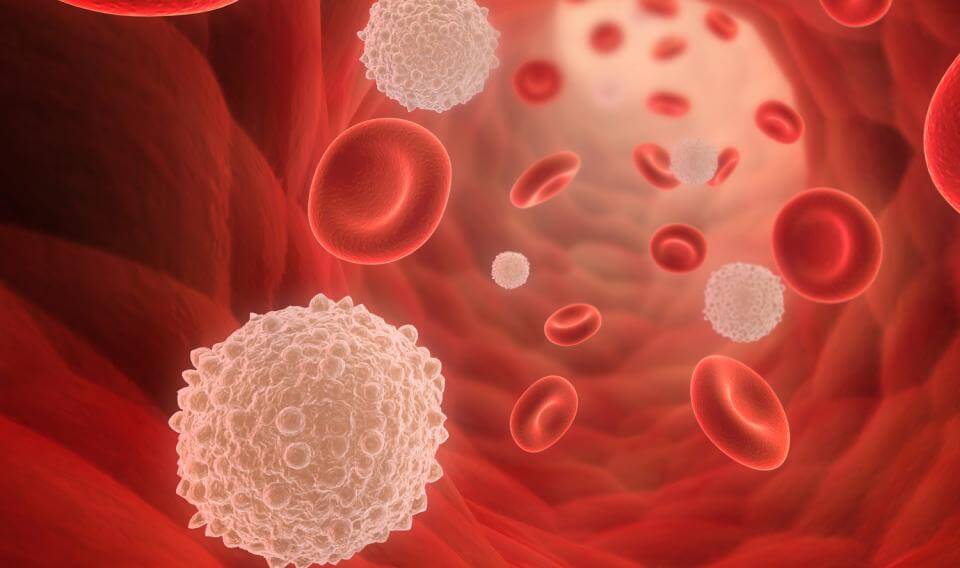What are the parts of blood? What are the functions of blood cells, what is blood made of? Information on blood.
Since ancient times, people have connected blood and the beating of the heart with life. They knew that a person or an animal soon dies if too much blood is lost from the body or the heart stops beating. But hundreds of years went by before scientists finally discovered why this happens. Blood carries food and oxygen to every living cell in the body and brings back nitrogen wastes, carbon dioxide, and other materials given out by the cells. The heart must beat to keep the blood flowing through the body. Without a steady supply of blood, the cells of the body cannot stay alive very long. To understand how blood helps keep your body alive, you first need to leam what the main parts of the blood are. These cannot be seen with the naked eyes.

However, if you look through a microscope at a very thin layer of blood, you can see many round, pale, greenish-yellow specks. Each one is a single cell floating in the liquid part of the blood. When you see a great many of these cells together, they look red. So they are called red blood cells, or red corpuscles. Corpuscle means little body. A drop of blood contains about 300 million red corpuseles. There are enough of them in the blood of a full-grown person to cover half an acre, or four average building lots. The red corpuseles carry oxygen to the cells and bring back some of the carbon dioxide. In the red corpuseles is a colored compound called hemoglobin, which makes them look red. Hemoglobin combines easily with oxygen and then gives it out again where it is needed in the body.
By looking a little more closely at the layer of blood under the microscope, perhaps you can see a smaller number of irregular, clear specks. These are the white blood cells, or white corpuseles. A drop of blood usually contains from 300,000 to 500,000 white corpuseles. So there is only about one white corpusele for every 600 or more red corpuseles in the blood. Some of the white corpuseles help protect the body from disease by wrapping themselves around germs and killing them.

Other corpuseles in the blood are called platelets. These are much smaller than either the red or the white corpuseles. A drop of blood contains about 3 million platelets. When blood flows out of a wound, the platelets in the escaping blood break up. As they go to pieces, they set free a chemical that makes the liquid blood change into a jellylike mass. We say that the blood clots. In small wounds, the jellylike clots close up the holes in the broken blood tubes and stop the bleeding.
Together, the red and white corpuscles and the platelets make up almost one half of the blood. The rest of the blood is made up of a watery liquid called plasma in which these three kinds of corpuscles float, About 90 per cent of the plasma is water, and 9 per cent is proteins. Dissolved fats and sugars, salt, minerals, and chemicals that keep the body working properly make up the rest of the plasma. One of the proteins, called fibrinogen, helps form blood clots.